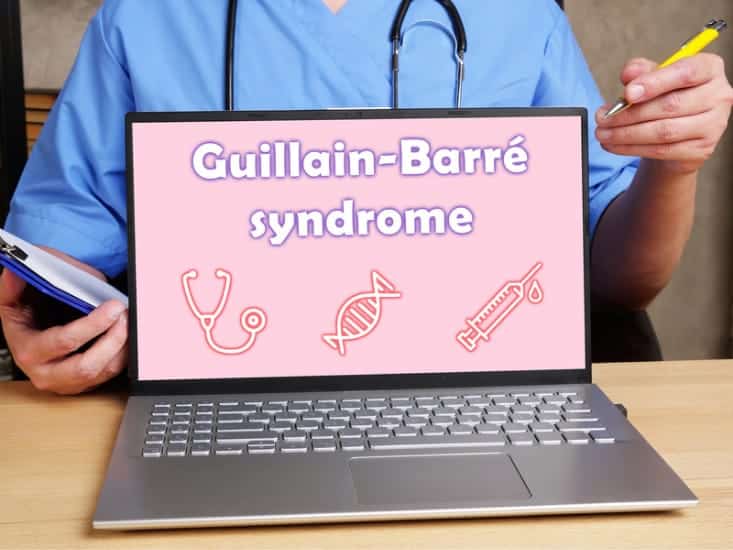A new report from Gaylord Specialty Healthcare’s Milne Institute for Healthcare Innovation describing the therapy interventions used in the long-term acute care hospital (LTACH) setting to rehabilitate COVID-19-associated Guillain-Barré Syndrome (GBS) was published in the journal JMIR Rehabilitation and Assistive Technologies.
The report is believed to be the first to demonstrate the standard of care and strategies used in an independent LTACH setting to successfully rehabilitate and discharge a patient diagnosed with GBS following a COVID-19 infection.
“Through a literature review, we found that although many research studies reported the identification and diagnosis of Guillain-Barré Syndrome following COVID-19, there was a distinct lack of literature describing the occupational and physical therapy strategies used to rehabilitate these patients, especially in the LTACH setting,“ said study co-authors Henry Hrdlicka, PhD, research coordinator at Gaylord Specialty Healthcare’s Milne Institute for Healthcare Innovation and Gaylord Specialty Healthcare Level II Inpatient Education Coordinator Catherine Connors, PT, DPT, NCS, CBIS.
“When a COVID-19-related GBS case was admitted to our own LTACH, we felt obligated to share the insights that were learned throughout the rehabilitation process.”
The single-patient report details a 61-year-old male admitted to Gaylord Hospital for intensive rehabilitation following intravenous immunoglobulin treatment at a nearby regional short-term acute care hospital.
Fifty-six days after LTACH admission, the patient, who was initially admitted unable to walk and fully dependent for activities of daily living, was discharged home with improved ambulation, strength, vision, and ability to perform self-care.
The patient’s improvement was demonstrated by several outcome measures, including manual muscle testing, range of motion, grip strength, balance and mobility, ability to complete activities of daily living, and the Activity Measure for Post-Acute Care (AM-PAC).
“Through intensive physical and occupational therapy regimens targeted at the patient’s specific deficits, we were able to show that targeted therapy interventions could be effective in maximizing the functional potential of other patients with COVID-19-associated GBS. We also hope that this work is able to provide a road map for other clinicians treating patients with similar cases,” Hrdlicka explains.
[Source: Gaylord Specialty Healthcare]





